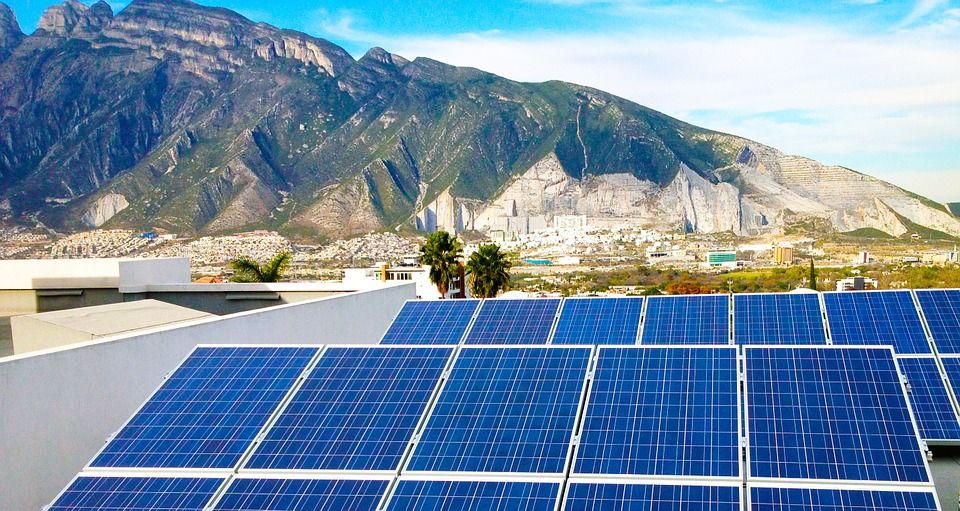100% renewable energy fuelled micro-grid successfully operated in 24h test in Illinois
Ameren Corporation, a Midwest-based utility and S&C Electric Company, a Chicago-based leader in smart grid solutions announced that they had successfully conducted a 24-hour islanding test at the recently deployed Ameren microgrid in Champaign, Illinois.

Ameren Corporation, a Midwest-based utility and S&C Electric Company, a Chicago-based leader in smart grid solutions announced that they had successfully conducted a 24-hour islanding test at the recently deployed Ameren microgrid in Champaign, Illinois.
The test focused in the 50kW onsite microgrid which powers an American research facility.
The complete microgrid includes 225 kW of renewable generation (PV solar and wind) and 250 kW / 500 kWh of battery energy storage.
The test began at 8 a.m. on Aug. 3, 2017, with the battery’s state of charge at 97 percent capacity.
Once the battery was depleted to 90 percent capacity, solar and wind generation kicked in, simultaneously carrying the load and charging the battery.
This pattern continued throughout the day, never letting the battery fall lower than 88 percent capacity.
According to S&C Electric Company, the micro grid operated without any human interaction, automatically coordinating resources and ensuring power never faltered.
Upon conclusion of the 24-hour test, the microgrid successfully moved back into grid-connected mode without any loss of power for end users.
Ron Pate, Senior Vice President at Ameren Corporation said: “We have one of the few microgrids in the world that operates at utility-scale voltages and can seamlessly transition from grid-connected to islanded mode”.
Usually, similar off-grid micorgrids need back-up diesel generators to ensure non-intermitted electricity supply.
The partnership between Ameren Corporation and S&C Electric Company aimed to achieve a full renewable energy penetration in a micro-grid by only relying on battery storage.
S&C said that if the micro-grid was connected to a rotating machine, the influx of generation would have caused the system to trip due to penetration limits.
David Chiesa, Senior Director of Business Development in S&C said: “When designing this microgrid, we were confident that the seamless transition and the ability to run solely on renewable generation would be two of the biggest features to this system”.
He added: “Microgrids are becoming more commonplace on the grid, and this test continues to prove how impactful they can be for energy users”.
The entirety of the test can be found here.
For more stories in climate innovation subscribe to our newsletter here!




